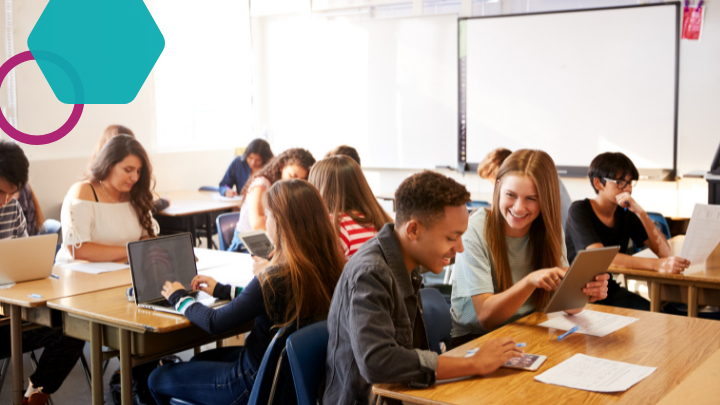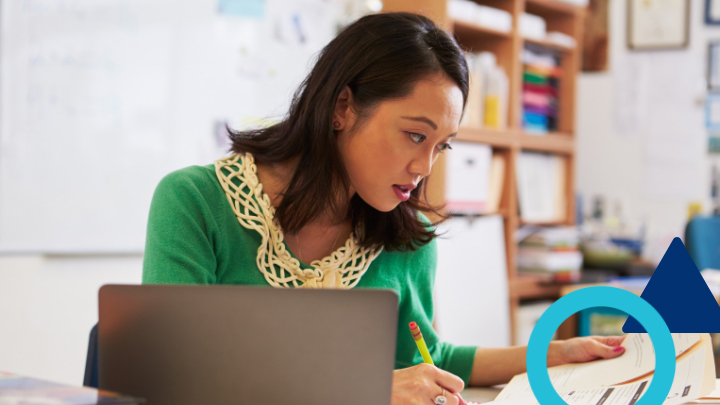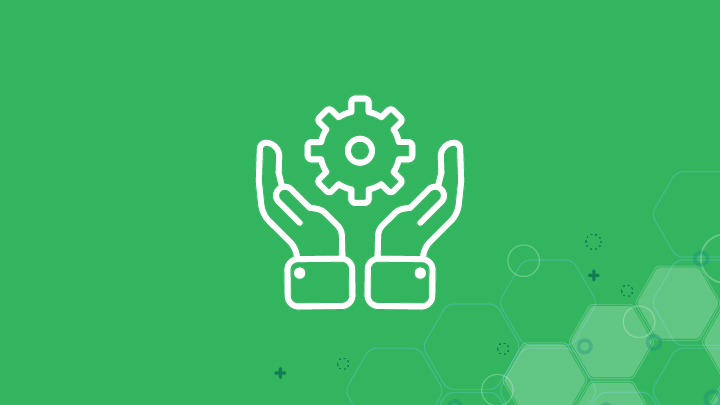In the spring of 2020, in a stretch of a few weeks, educators showed so much resilience as they quickly learned how to continue to reach their students remotely. All of a sudden, it felt like we were all living in a video communication platform or a learning management system. This was hard on everyone, and it frustrated many, as it felt like we were constantly learning in real-time what could translate from the classroom to distance learning and what required heavy adjustments. Followed a 2020-2021 school year that often relied on hybrid models of learning that presented educators with very similar, if not more acute challenges, that they tackled with courage and creativity.
One of the most common hurdles shared by teachers with coaches and administrators was the difficulty to know what students were really learning during this time. Some described teaching to a wall of faceless tiles, others would speak of students being seemingly there, but requiring additional work to be drawn into the experience. This particular challenge led educators to quickly learn:
- How to provide formative assessments in a distance or hybrid learning environment.
- How to use this data quickly to make the experience more engaging and responsive.
Leveraging What We Have Learned
Fast forward to Fall 2021: Teachers and students are back in their classrooms and slowly reckoning with the impact the Pandemic has had on learning, and on the teaching profession. Early indication points to inequitable academic gaps, and continued logistical and emotional challenges. But, we have also come back changed. We have learned a variety of new skills that will be extremely valuable to help us meet the moment.
Could the skills we honed during the last two school years help us ensure students are fully present and engaged in our in-person classrooms as well? In other words, even if our students cannot turn their cameras off anymore, how might we leverage what we learned during the past 18 months to use formative assessment as a lever of manageable and sustainable differentiation moving forward?
From Assessment of Learning to Assessment as Learning
Let’s be clear. We should not “test our way out” of the challenge of unfinished learning. Our students do not need more formal summative assessments that take away precious learning time, neglecting to outline a clear path from data to measurable growth. Instead of relying on assessments of learning, we have discovered many simple ways to assess as we learn. It is a great time to reduce the number of high stakes summative assessments and instead, support teachers in incorporating authentic formative touchpoints that allow students to reflect, self-assess, and demonstrate what they have learned in a variety of ways.

What Student-Centered Assessment Unlocks
A video speaks more than a thousand words. Take a couple of minutes to watch Master Teacher, Jessi Anderson, use a formative assessment strategy she calls “Battling the Boss“.
This simple but powerful strategy shows what can get unlocked when assessment as learning is the norm in a classroom:
- Students have to take more ownership of their learning. For example, in this strategy, they first self-assess to determine if they are ready to “Battle the Boss”. If they fail and don’t level up, they have to create a plan with the teacher to revisit the concept assessed and reached mastery via a different path.
- Speaking about what they are learning becomes a key component of the assessment for students. This presents the dual advantage of being less stressful and more authentic for students, but also less work-inducing for teachers.
- New opportunities for differentiation in the classroom. If teachers design their assessments to be formative and embedded throughout the learning experience, they create opportunities for differentiation that leverage both synchronous and asynchronous learning experiences: Jessica meets 1:1 with students live, but it is made possible because they work asynchronously on pathways toward mastery.
In closing, while what we see in this video leverages technology, it does not rely solely on it to create opportunities for differentiation. The lessons learned during Pandemic Learning are not limited to the use of digital learning experiences. They have more to do with the way we use space, time, and talent to create a more student-centered learning experience. One in which formative assessments can easily lead to differentiation without giving our teachers unnecessary and unsustainable additional work.
At BetterLesson we have been supporting teachers to use formative assessments and differentiation via coaching and workshops for over a decade. We have collected enough data to support the thesis that, when provided with quality and personalized support, teachers will embrace this shift, as it is right by kids, and right by them.
If you want to learn more about formative assessment and sustainable differentiation, watch the webinar From Assessment of Learning to Assessment as Learning. You’ll learn how to make this shift and leave understanding the 5 core competencies to hone towards formative assessment and differentiation.








